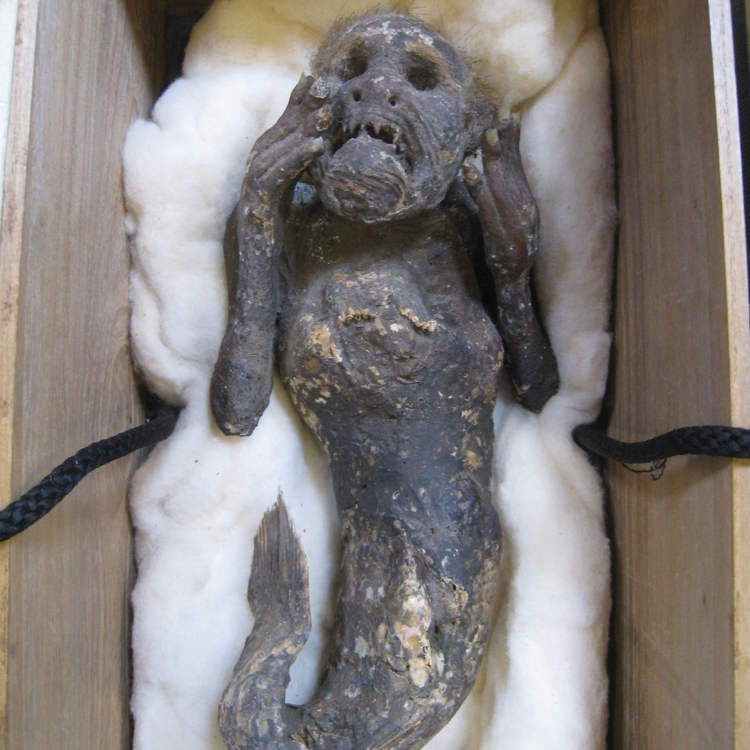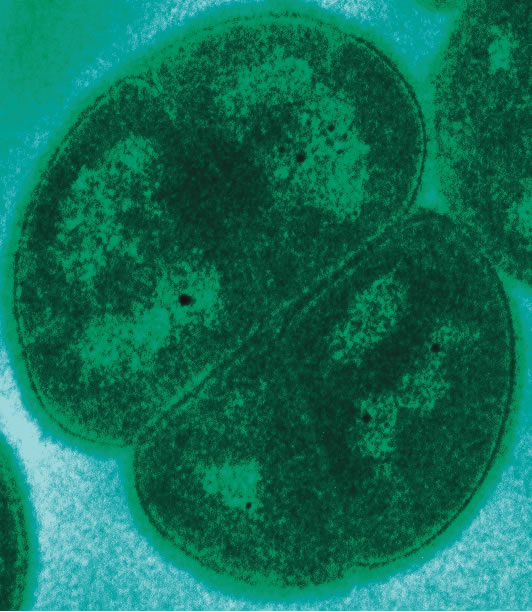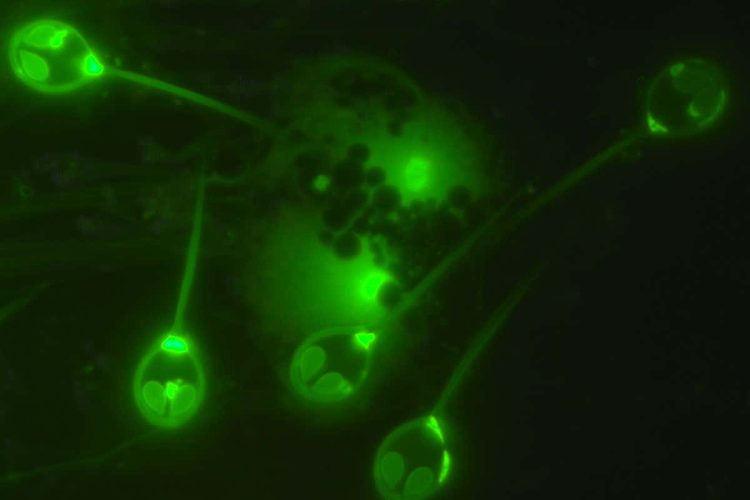Scientists Finally Solve Mystery of Japan’s Tiny Mummified Mermaid

For decades, the mummified remains of a creature resembling a small mermaid have been worshipped at a temple in Asakuchi, Japan, but scientists have long suspected that the mermaid mummy was actually man-made. Allegedly caught in the Pacific Ocean, off the island of Shikoku, between 1736 and 1741, the famous mermaid mummy has been kept […]
Scientists (Finally!) Discover Drug That Replicates Effects of Exercise on Muscles

Researchers at Tokyo Medical and Dental University claim to have identified a drug that replicates the benefits of exercise on muscles and bones. Many of us may not want to admit it, but modern life in developed countries is easier and more comfortable than it’s ever been. Gone are the days when humans had to […]
Experimental Chewing Gum Can Allegedly Trap Coronavirus in Your Saliva

Researchers have reportedly developed an experimental chewing gum that can trap SARS-CoV-2 particles in saliva, thus curbing transmission of the virus. Researchers at the School of Dental Medicine at the University of Pennsylvania have been working on a special type of chewing gum that should minimize transmission and infection with the SARS-CoV-2 virus. According to […]
Real-Life Minority Report – Algorithm Predicts Crime With Up to 90% Accuracy

Scientists at the University of Chicago have developed a new algorithm that forecasts crime with up to 90% accuracy by analyzing data and learning patterns. Minority Report is a very popular sci-fi film about a special police unit that can arrest murderers before they commit their crimes with the help of three clairvoyant humans called […]
Great Grandfather – 5,484-Year-Old Patagonian Cypress Could Be World’s Oldest Tree

Scientists in Chile believe that an ancient Patagonian cypress known as ‘Gran Abuelo’ (Great Grandfather) could be over 5,000 years old, which would make it the world’s oldest living tree. The Patagonian cypress (Fitzroya cupressoides), known in South America as ‘alerce’, is a conifer native to Chile and Argentina. They belong to the same family […]
The World’s Toughest Bacterium Can Withstand Anything From Radiation to Life in Outer Space

Deinococcus radiodurans is listed in the Guinness Book of World Records as “the world’s toughest bacterium,” and it is fully deserving of that title. Scientists discovered the red, spherical bacterium that later came to be known as deinococcus radiodurans about 70 years ago, when examining a can of ground meat that had spoiled despite having […]
Finally! Scientists Find Way of Making Non-Alcoholic Beer Taste Just Like the Real Thing

It’s no secret that non-alcoholic beer tastes much worse than regular lager, but scientists in Denmark now claim to have developed a way of making it taste just as satisfying. When making alcohol-free beer, either by heating it up or by minimizing fermentation, what is lost is the complex aroma of the hops. However, after […]
Scientists Create Strong Bubble That Only Popped After 465 Days

Bubbles are fragile structures that only last a few seconds before popping, but a team of scientists has apparently found a way to keep bubbles from bursting for over a year. Soap bubbles are subject to a series of processes that cause them to pop in a matter of seconds, minutes at best. They lose […]
This Weird Parasite Is The Only Known Animal That Can Survive Without Oxygen

Henneguya salminicola, a tadpole-like parasite that infects salmon, has a rather unique superpower – it can survive without oxygen. When examining Henneguya salminicola, researchers noticed something really strange: the microscopic parasite appeared to have no mitochondrial genome. The mitochondria, commonly known as “the powerhouses of the cell”, are organelles that rely on oxygen in order to […]
New Technology Tracks Facial Muscle Movements to Expose Liars

When it comes to telling when someone is lying, we currently have very few options, but a team of Israeli researchers claims to have come up with something better than anything we’ve seen before. Using stickers printed on soft surfaces containing electrodes that monitor and measure the activity of muscles and nerves, a team of […]
Innovative Company Uses Kinetic Energy to “Throw” Rockets Into Space

California-based startup SpinLaunch has been making news headlines for its innovative approach to space flight – using a vacuum-sealed centrifuge to hurl rockets into space. SpinLaunch has been working on a launch system that uses kinetic energy as its primary method. It relies on a complex mechanism that includes a vacuum-sealed centrifuge to spin the […]
Japan Starts Selling World’s First Genome-Edited Tomato

Sicilian Rouge High GABA is a special type of tomato designed to contain high levels of gamma-aminobutyric acid (GABA), an amino acid believed to aid relaxation and help lower blood pressure. Tokyo-based startup Sanatech Seed Co. teamed up with scientists at the University of Tsukuba to develop a new variety of tomatoes using CRISPR/Cas9 gene-editing technology. […]
Scientists Baffled by Man Who Can Change His Pupil Size on Command

A 23-year-old student in Germany can reportedly shrink and enlarge his pupils on command, a feat previously thought to be physically impossible. The dilation and constriction of the pupil were believed to be completely automated processes triggered by various factors, like entering a bright or dark environment, but a recent case study suggests that isn’t […]
Genetically-Modified Plants Glow When They Are Stressed

A team of researchers at the Hebrew University of Jerusalem has managed to genetically modify potato plants to glow under fluorescent cameras when stressed by various factors. One of the biggest challenges of modern agriculture is reacting to stress factors before it’s too late. Plants don’t really have a way of conveying how they feel, […]
This Flower Smells Like Dead Insects to Attract Specific Pollinators

A one-of-a-kind flower endemic to Greece is believed to emit a scent similar to that of decomposing insects in order to attract one of its main pollinators, the coffin fly. Flowers are usually associated with sweet, pleasant smells, but truth is that not all flowers smell nice. In fact, some smell like some of the […]
